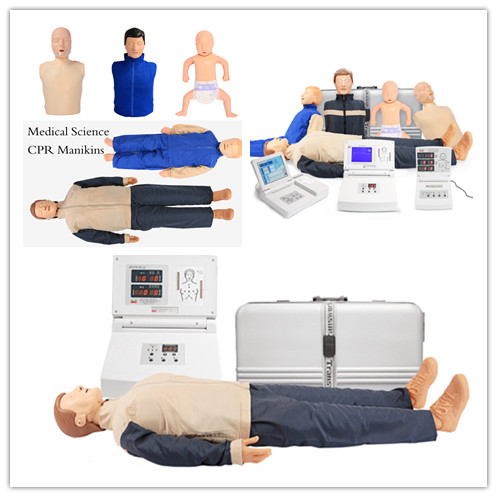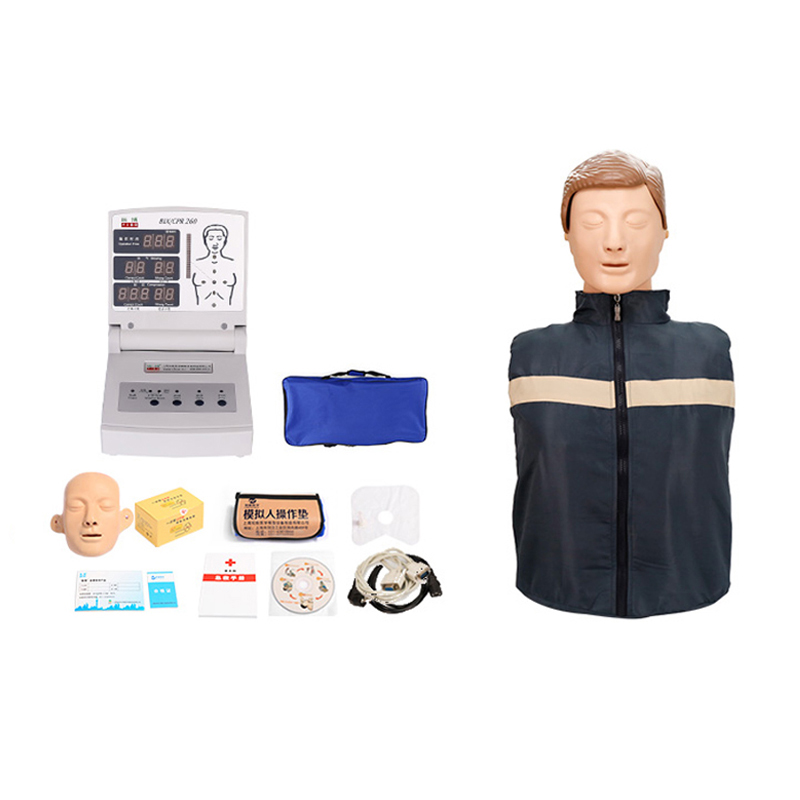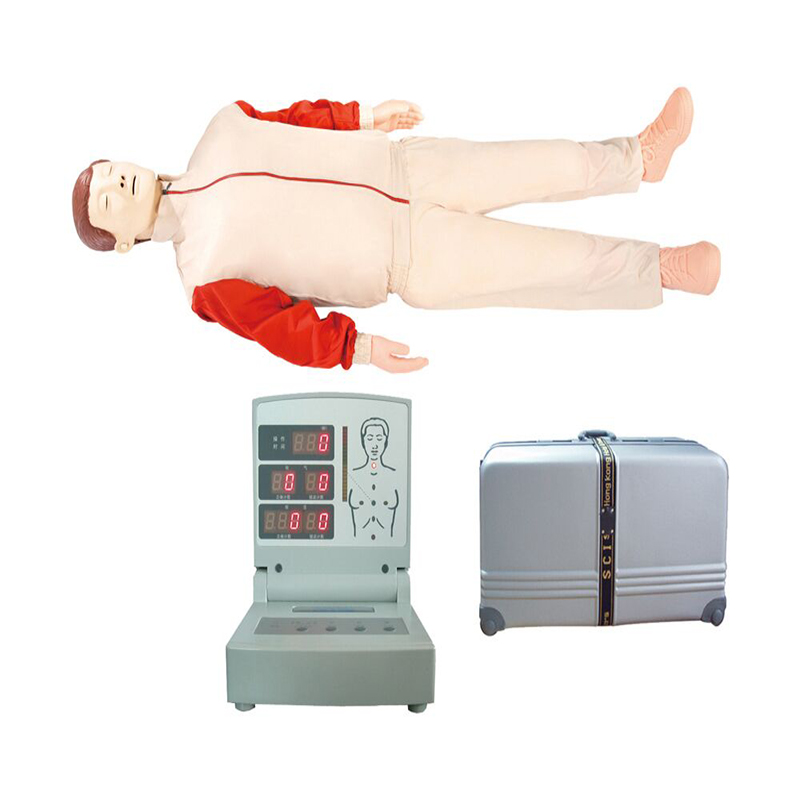07-04-2024
ADA MED SUPPLY LIMITED
The correct method of performing cardiopulmonary resuscitation is as follows:

Ensure safety: First ensure the safety of the scene to avoid further harm to the injured and rescuers.
Determine consciousness and vital signs: tap the patient's shoulder and observe whether there is a response, then touch the carotid artery to observe whether there is a pulse. This must be completed within ten seconds. If there is no breathing or normal breathing, no pulse in the aorta, and loss of consciousness, cardiopulmonary resuscitation can be started.
Call emergency services: If the injured person is unresponsive, have someone call local emergency services immediately.
Chest compression: The correct compression site is the middle and lower 1/3 of the sternum. Place the heel of one hand on the center of the injured person's sternum, and place the other hand on top of the first hand, stacking them crosswise. Use the weight of your body to press the chest straight down for at least 5 to 6 centimeters. The compression frequency is about 100 to 120 times per minute. The compression and relaxation times are equal to ensure that the chest fully rebounds after each compression. Attention should be moderate to avoid sternum fracture or insufficient chest pressure caused by too light compression.

Open the airway and clear respiratory secretions: Generally, the head-up and chin-lifting method is used to open the airway, so that the line connecting the tip of the chin and the earlobe is perpendicular to the ground. At the same time, remove foreign bodies and vomitus from the patient's mouth to ensure that the airway is clear.
Artificial respiration: Usually mouth-to-mouth respiration is used. The operator pinches the patient's nostril with the thumb and index finger of one hand, takes a breath, and then blows slowly. Each blow should take more than 1 second. Be careful not to inflate for too long to avoid causing stomach expansion. After every 30 heart compressions, perform 2 artificial respirations.
Continue CPR: Do not stop cardiac compressions and rescue breathing until medical professionals take over.
In addition, you need to pay attention to the following points:

When performing CPR, make sure the patient's clothes or belt are unbuttoned to better promote blood circulation.
If the patient is allergic to cardiopulmonary resuscitation drugs or has severe brain injury, severe shock, acute myocardial infarction, severe hypoxemia, etc., cardiopulmonary resuscitation is not recommended.
Cardiopulmonary resuscitation is an urgent and professional first aid measure, and mastering the correct operation method is crucial to saving the patient's life. It is recommended that non-professionals receive relevant training so that they can perform CPR quickly and effectively in